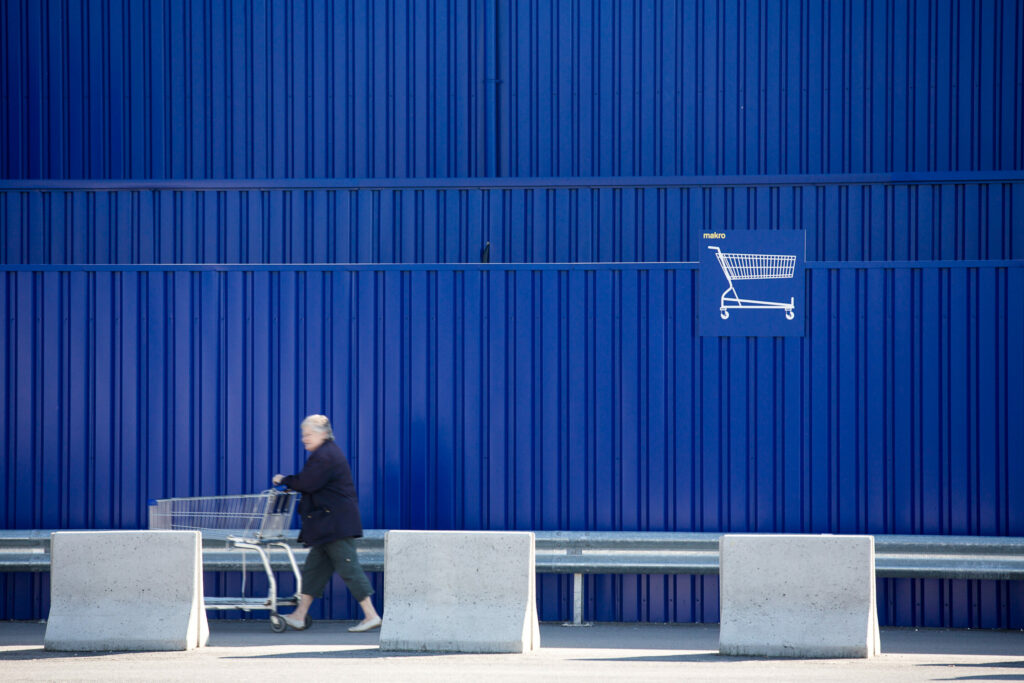Belgium remains the inflation champion of the eurozone. For four months in a row, its annual inflation rate was higher than that of other countries in the area – mainly due to the very sharp rise in energy prices in the country.
The annual headline inflation rate as measured by the Harmonised Index of Consumer Prices (HICP) – the EU's preferred inflation index which allows for comparison between countries in the eurozone – is expected to be 5.5% for July, the flash estimate of the month's HICP inflation published by Eurostat, the European statistics office.
This means that the monthly costs borne by an average Belgian household were 5.5% higher than in the same month in 2023. The predicted figure would symbolise a 0.1 percentage point increase compared to the annual rate last month (5.4%) and is almost four percentage points higher than this time last year (1.7%).
"In July 2024, Belgium's annual inflation was much higher than that of all the other eurozone countries," Eric Dor, the Director of Economic Studies at the IESEG School of Management, said in a statement to The Brussels Times.
Belgium's neighbouring countries also marked slight increases in their inflation rates, however, they remain much below the expected rate for Belgium. In the Netherlands, inflation is set to rise from 3.4% in June to 3.5%. The flash estimate of HICP inflation for both Germany and France went from 2.5% in June to 2.6% in July.
Meanwhile, Belgium's expected inflation rate is also more than double the Eurozone average (2.6%), which itself was higher than analysts predicted so far, and still far from the European Central Bank (ECB)'s 2% target.
Driven by energy and food prices
Overall, the main component influencing inflation across the eurozone is expected to be services, with the highest predicted annual rate in July of 4%. It is followed by food, alcohol and tobacco (for which an inflation rate of 2.3% is on the cards) and energy in third place (1.3%, compared with 0.2% in June).
The latter component has been the main driver for higher inflation in Belgium for some time. "In July, the high inflation rate was mainly due to the very sharp 24.4% annual rise in energy prices in Belgium," Dor said.
The skyrocketing energy prices can be linked to the disappearance of energy price support measures for consumers, which aimed to offset rising energy prices for households between the end of 2021 and 2023, and were still in force a year ago.
"This increase was much higher than that recorded for the other eurozone countries for which data is already available." The second-highest rate of change was around 8% in France. In some countries including Germany and Finland, there was even an annual fall.
Related News
- Belgian holidaymakers hit by price spikes, but headline inflation falls in July
- Belgian economy grows by 0.2% in second quarter
Meanwhile, Dor stressed that the annual rise in prices excluding energy in Belgium (at 3.5% in July 2024) is still very high compared to the other eurozone countries. At 4.2%, Belgium's annual rise in food prices in July is also higher than in all the other eurozone countries for which data is already available, apart from the Netherlands.
The latest consumer price index published by the national statistical office Statbel, which uses a different method of calculation, put the July inflation rate for Belgium at 3.64%. A full comparison of the July HICP figures for the eurozone will be published on 20 August.

